From Classroom to Publication: Oxford Students Shine in Experimental Filmmaking
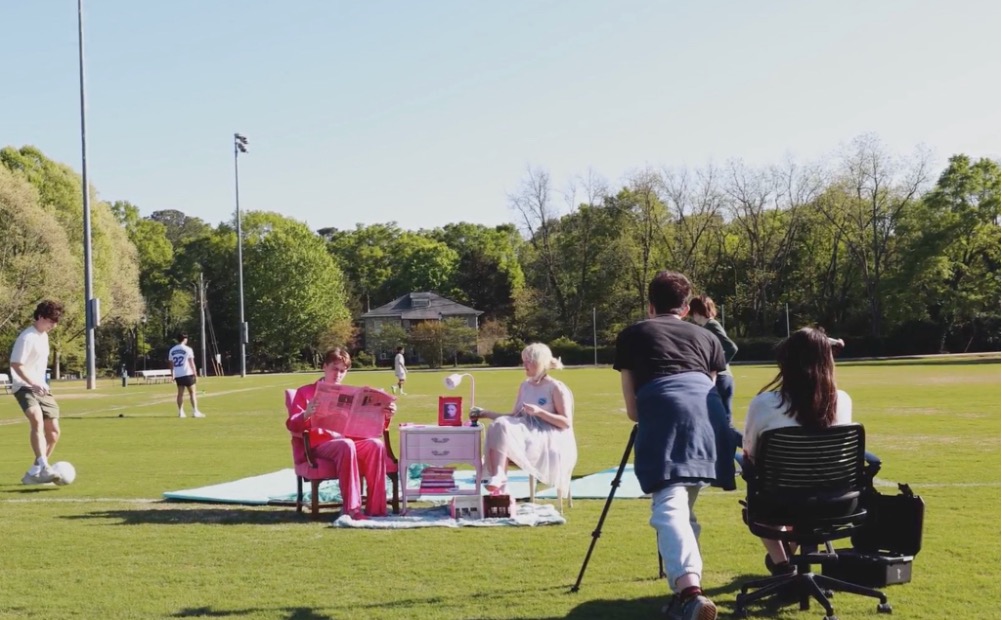
From Oxford's experimental filmmaking courses to national publications and film festivals, three student artists are proving that hands-on creativity can lead to real recognition.
This year, student work has been published in Analog Cookbook Issue 8 by University of North Carolina Press and screened at various film festivals. All three students credit their success to the collaborative environment fostered in Professor Vlasova's experimental filmmaking course - after all, Oxford’s small campus and close-knit community make it an ideal place for creative collaboration and mentorship! These students are showing that innovative ideas can start with simple materials, such as strips of film, watercolor paper, or even thrifted glass panels, and turn into something extraordinary.
Pushing Boundaries with Physical Film
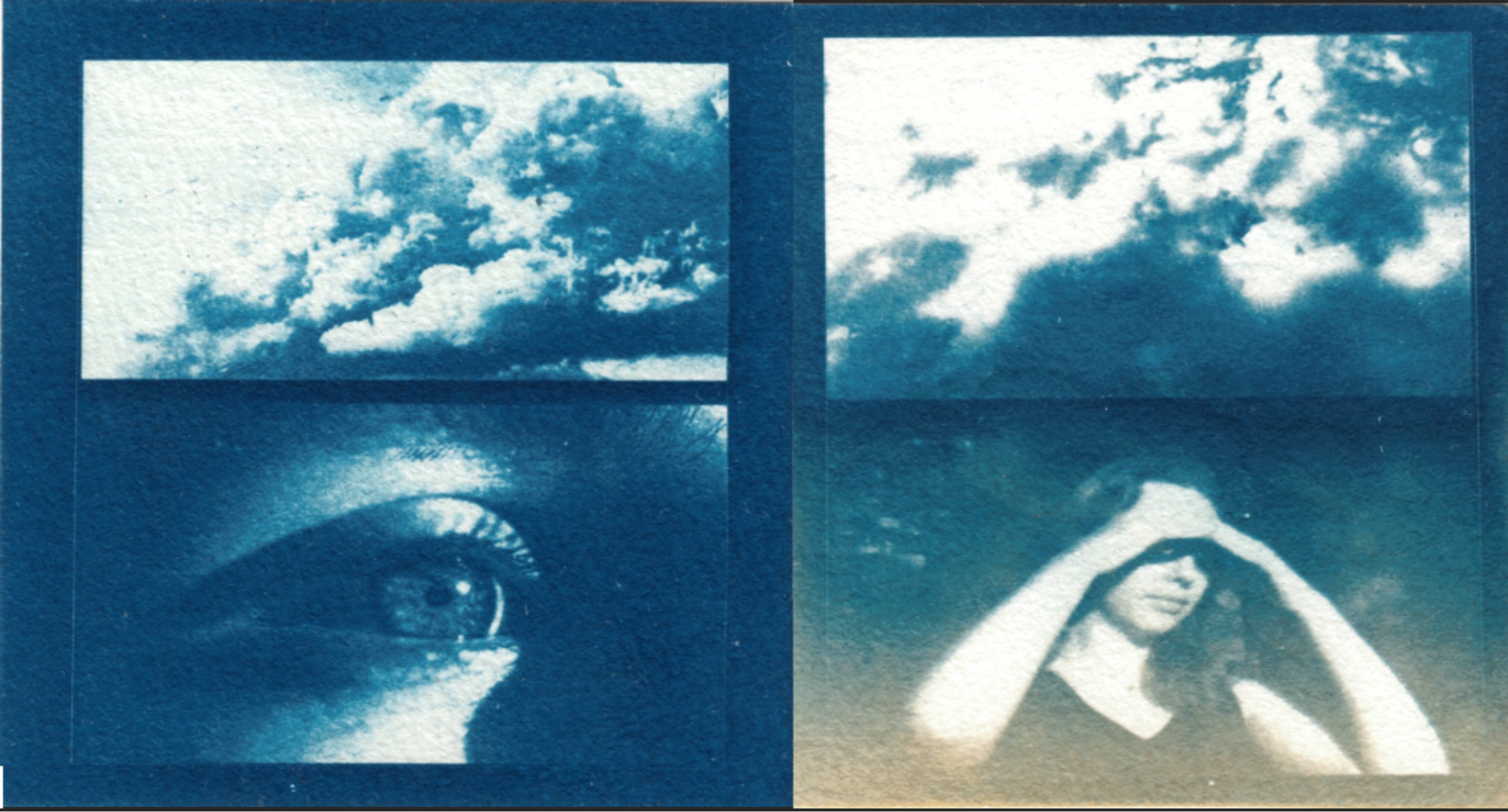
When Anna Guan, a second-year economics and business student at Oxford, first encountered cyanotype printing in high school, she was captivated by the striking blue images created through UV light exposure. "The color blue is such a beautiful and powerful color. It really amplifies certain emotions in you. So I wanted to use Blue as a way of storytelling," Anna explains.
Through an independent study with Professor Masha Vlasova, Anna experimented with printing cyanotypes on unconventional surfaces like glass and film. Her innovative technique of transferring cyanotype images onto film strips was accepted into Analog Cookbook Issue 8, a publication by the University of North Carolina Press dedicated to alternative photographic processes.
Anna's artistic project paired cloud photographs with portraits of her roommate, creating what she describes as a "melancholic character." The pairing wasn't planned but emerged organically from her creative process. "Sometimes it's just a feeling. You get a photograph of clouds and the clouds are bubbly, sometimes they're calm, sometimes the clouds have personalities," she reflects.
Finding Environmental Meaning in Film
Izzy Irby's experimental film took an unexpected turn when she accidentally stumbled upon 1960s documentary footage of Glacier National Park in her filmmaking class. The archival footage sparked a profound realization about the dual nature of film itself.
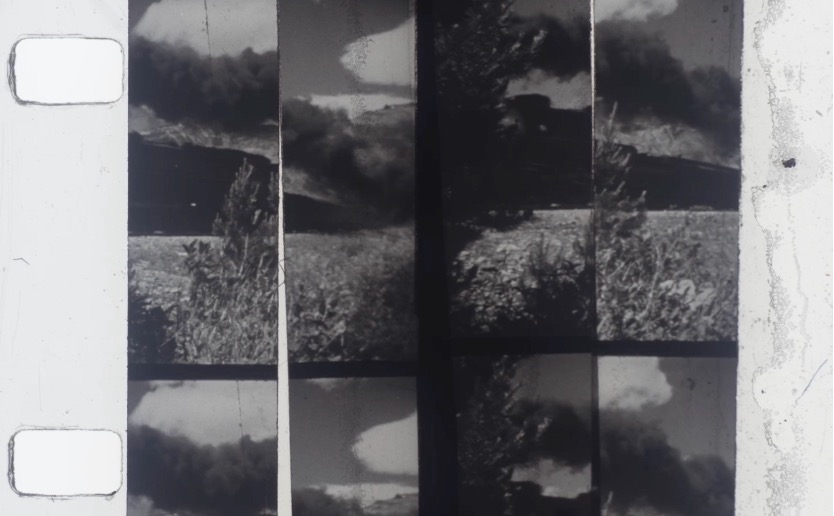
"Film itself is plastic. It is itself contributing to the problem," Izzy explains, referring to how film both preserves moments in time and contributes to environmental degradation. Her piece explores this paradox by physically manipulating the film: burning it to represent forest fires, freezing it to symbolize glaciers, and painting on it with unconventional materials like lip gloss and glitter.
The experimental techniques created powerful visual metaphors that matched the content. Izzy's film was accepted into the eco-critical film festival Films of Return as well as the Festival des Cinémas Différents et Expérimentaux de Paris (18 and under category - European Premiere), where it resonated with audiences interested in both environmental themes and non-traditional storytelling.
"I thought it was really cool that you can literally do whatever you want," Izzy says about working with physical film for the first time at Oxford. The freedom to experiment allowed her to create something that wouldn't have been possible through conventional filmmaking approaches.
Developing New Techniques
For Amelia Mevers, experimental filmmaking represented a departure from her primary artistic practice in oil pastel portraiture. Taking Professor Vlasova's course at Oxford opened up an entirely new creative avenue she hadn't anticipated exploring.
"The biggest thing that stopped me from realizing that I loved actually working in experimental film was I didn't view myself as a filmmaker," Amelia admits. Her willingness to step outside her comfort zone led to a significant breakthrough.
Amelia developed an innovative direct-on-film technique by combining two existing processes: boiling film in washing soda to weaken the emulsion, then performing a Polaroid-style emulsion lift to transfer the image onto new surfaces. "It was basically just me looking at two things that I had seen done and being like, what if I did them together? And it worked really well, which was awesome," she explains.
Her technique was also published in Analog Cookbook Issue 8, and she's continuing to refine the process through an independent study to make it more accessible for other artists. "I want to make sure that there are, if people are interested in doing it, that the tools and methods are available to them," Amelia says.
The Power of Collaboration
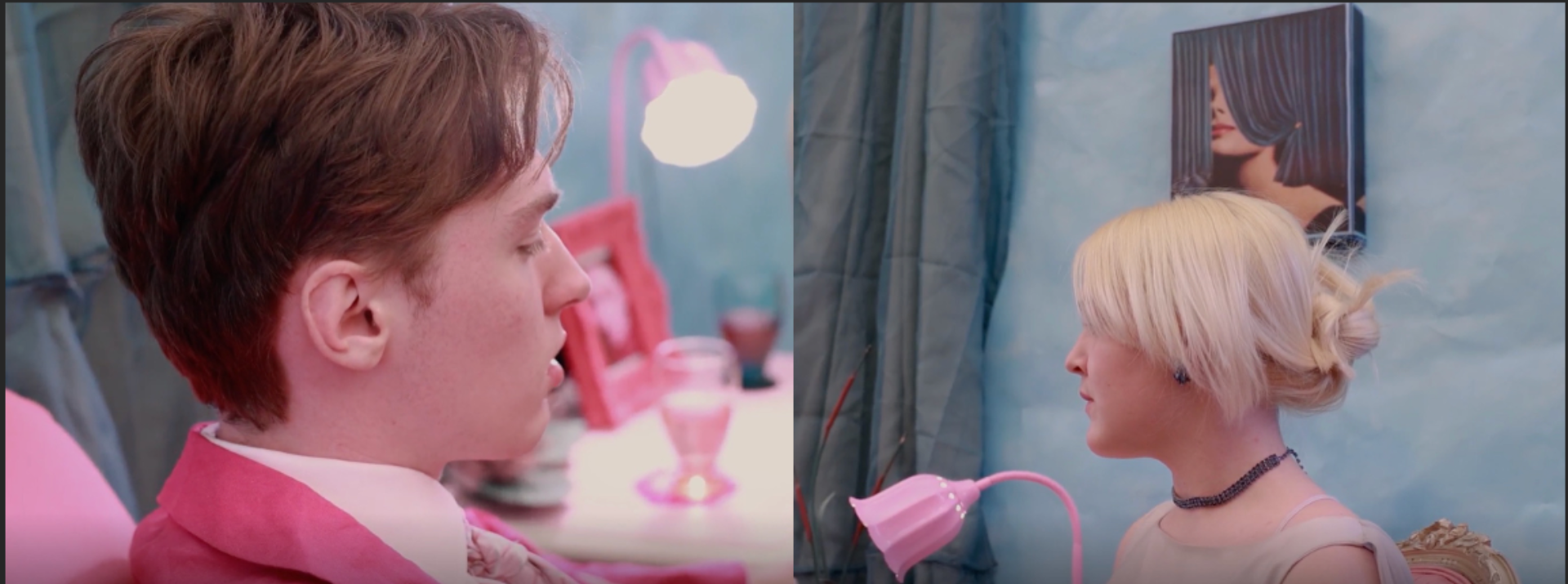
Professor Vlasova's experimental filmmaking course at Oxford starts with an unusual challenge: create film without a camera. Students work directly with physical film strips: painting on them, burning segments, taping leaves to frames, or cutting and rearranging them into new patterns. The course starts by immersing students in film history, where they learn about creators like Len Lye, Norman McLaren, Kenneth Anger, and North American filmmakers Ja'tovia Gary and Justine Lai, whose techniques later influenced mainstream directors. Then comes the hands-on work: students attempt to create their own films! After the film is developed and digitized using Oxford’s facilities, students edit their pieces and can incorporate some of their peers' footage. In fact, working alongside peers like each other, Harry Jiang, and Alex Konwal, they learned techniques from one another and pushed each other creatively.
"It meant that we were able to do something more ambitious than we would've been able to do on our own," Amelia reflects on the collaborative projects. Each student brought unique strengths - editing skills, logistical planning, technical expertise - that elevated the entire group's work.
Izzy echoes this sentiment: "I didn't feel like I was doing it just for the grade, but I felt like I wanted to make the best thing that I could because I could tell that she believed in us."
Professor Vlasova's mentorship extended beyond the classroom. She helped students apply to film festivals, covered submission fees through department funds, and even invited students to dinner with visiting filmmakers. This level of support created an environment where students felt empowered to take creative risks.
Why Analog in a Digital World?
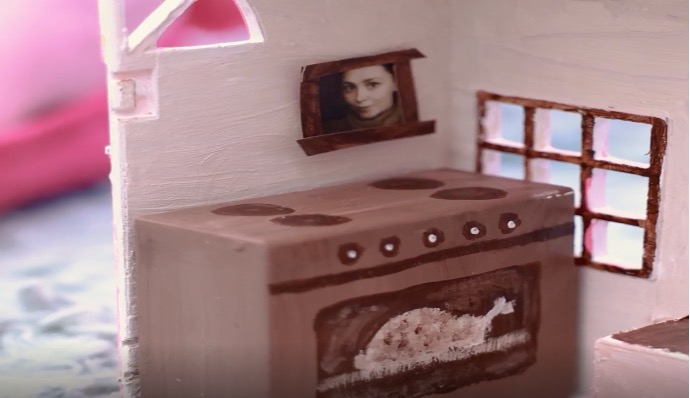
The resurgence of interest in analog film processes among young artists at Oxford might seem counterintuitive in an increasingly digital era. However, all three students see physical film as a response to contemporary concerns, particularly the rise of AI in creative fields.
"There is a lot of anxiety specifically about the rise of AI in art," Amelia observes. "Physical media types... that isn't something that you're currently able to replicate in a lot of ways with AI."
The tactile, hands-on nature of working with physical film offers something distinctly different from digital processes. Mistakes become opportunities rather than disasters. The chemical reactions are unpredictable in ways that add character to the final piece. And the material itself becomes part of the artistic statement, as Izzy's work powerfully demonstrated.
Advice for Aspiring Filmmakers
For students considering experimental filmmaking, all three artists emphasize that the biggest barrier is often mental rather than material.
"You have to be bad at something before you can be good at it," Amelia advises. "Give yourself the grace to be bad at something."
Anna sees photography and filmmaking as fundamentally about personal expression: "The reason I do photography is that I tell my own story.”
Izzy encourages students to study the history of experimental film to understand what's been done and find opportunities for innovation. "Look back at examples and then try to think of something that maybe they missed or reinventing something that's already been done."
Looking Ahead
All three students plan to continue exploring experimental techniques. Anna is expanding her cyanotype work onto different surfaces, Izzy is working on new projects that combine film with other media, and Amelia is developing a sci-fi-inspired piece while refining her emulsion transfer technique.
Their success demonstrates the vibrant creative community at Oxford College and the genuine opportunities available to students willing to experiment and take risks. "I think something cool about Oxford is that it is open to the interdisciplinary nature of studying and experimenting," Izzy notes.
Whether you're a film major, an economics student, or primarily a painter, Oxford's supportive environment encourages you to explore creative passions outside your primary field of study. As these three students have proven, sometimes the most rewarding discoveries happen when you're willing to try something completely new.